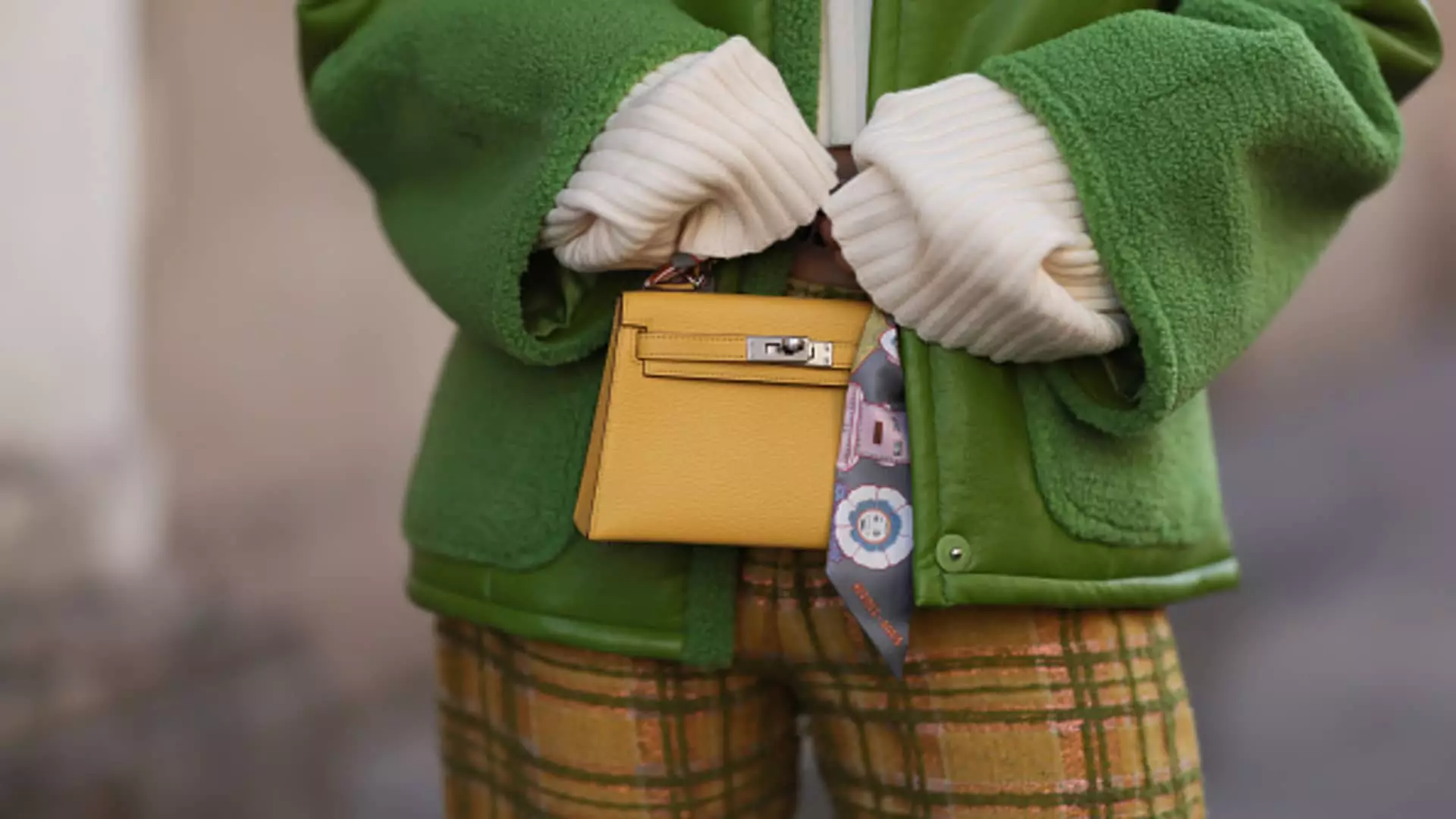Quiet luxury, a trend characterized by understated and minimalistic displays of opulence, has gained significant traction in the fashion world and is now making its way into investor portfolios. This shift from loud, flashy displays of wealth to subtlety and elegance has been influenced by popular shows like HBO’s “Succession” and has resonated with consumers and investors alike. With luxury stocks often seen as a hedge against inflation, the quiet luxury movement has led investors to seek out companies that embody this ethos and offer timeless quality and exclusivity. This article explores the rise of quiet luxury, its impact on the fashion industry, and its potential for long-term investment success.
Quiet luxury, as defined by DBS Bank, involves companies that prioritize understated elegance, high quality, and exclusivity. These brands, such as Hermes, Moncler, LVMH Moët Hennessy Louis Vuitton, and Richemont, have been able to outperform their “loud” counterparts in recent years. Hou Wey Fook, chief investment officer of DBS Bank, affirms that companies focusing on subtlety and timeless quality resonate with consumers and stand to benefit from this trend. The ongoing shift toward quiet luxury is expected to continue driving performance bifurcation in the industry.
Consumers and investors are increasingly drawn to quiet luxury due to a desire for higher quality products and a shift away from excessive branding. Markus Hansen, a portfolio manager at Vontobel Quality Growth Boutique, highlights the success of heritage fashion houses that take a long-term view. As consumers seek to connect with the authenticity and history of these brands, companies that embrace this heritage can maintain relevance in the quiet luxury landscape. This shift is not limited to showy displays of wealth but extends to investment strategies, where a long-term perspective is valued over short-term viral trends.
Quiet Luxury in Asia-Pacific
The demand for luxury goods in Asia-Pacific is undergoing a shift, primarily driven by China’s uneven post-pandemic recovery and lower domestic demand. Luxury brands are broadening their horizons to target other big markets in the region. South Korea, Japan, and India are emerging as key markets for luxury goods. India, in particular, presents a significant opportunity, with a projected increase of 100 million affluent individuals by 2027, according to a report by Goldman Sachs. As luxury brands expand their reach within Asia, the concept of quiet luxury will likely gain further momentum.
The Impact on Traditional Luxury Brands
The rise of quiet luxury has reshaped traditional luxury brand rankings. Brands like Gucci, owned by Kering, and Burberry have been pushed down the global rankings of luxury stocks as quiet luxury stocks gained prominence. Bank of America Securities research indicates that companies focusing on fashion content and newness, aligned with the quiet luxury ethos, are better positioned for success. Brands like LVMH and Hermes are preferred over Gucci-owner Kering and Burberry. This shift highlights the need for luxury brands to evolve and cater to changing consumer preferences.
The Investment Potential
Quiet luxury presents an attractive investment opportunity for those seeking stable returns over the long term. Luxury stocks, often resistant to economic downturns, offer higher margins and appeal to an affluent customer base that values quality and exclusivity. The quiet luxury movement further enhances the investment potential of these stocks. By focusing on companies that embody the essence of quiet luxury, investors can align with the growing consumer preference for subtlety and elegance. This strategic investment approach is less susceptible to short-lived trends and more aligned with enduring brand values.
The rise of quiet luxury has ushered in a new era in fashion and investment. Consumers and investors are gravitating toward understated elegance, timeless quality, and exclusivity. As companies that embrace the quiet luxury ethos outperform their louder counterparts, investors are cherry-picking stocks that align with this trend. Asia-Pacific’s evolving luxury market, alongside the reshuffling of traditional luxury brand rankings, further emphasizes the impact of quiet luxury. By recognizing the investment potential in this paradigm shift, investors can position themselves for long-term growth in the ever-evolving world of luxury fashion.


Leave a Reply